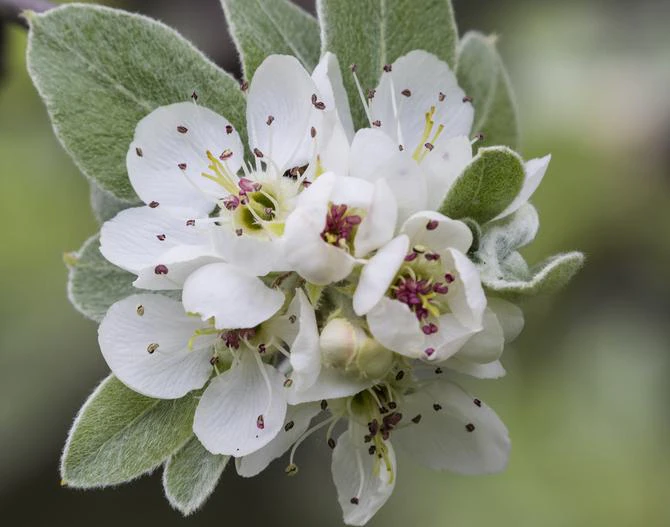Oleaster-Leaved Pear
(Pyrus elaeagrifolia)
Oleaster-Leaved Pear (Pyrus elaeagrifolia)
/
/

Zeynel Cebeci
CC BY-SA 4.0
Image By:
Zeynel Cebeci
Recorded By:
Copyright:
CC BY-SA 4.0
Copyright Notice:
Photo by: Zeynel Cebeci | License Type: CC BY-SA 4.0 | License URL: https://creativecommons.org/licenses/by-sa/4.0 | Uploader: Zcebeci | Publisher: Wikipedia Commons


























Estimated Native Range
Climate Requirements for Laredo, Texas
| This Plant | Your Site | Plant Suitability for Your Location | ||
|---|---|---|---|---|
| • Precipitation | 15" - 44" | 19" | Your precipitation may be insufficient for this plant. Irrigate N" / year. | Irrigate N" / year |
| • High Temp. | 64°F - 90°F | 100°F | Your summers may be too hot for this plant. | Too hot |
| • Low Temp. | 9°F - 38°F | 44°F | OK, but your winter temperatures are warmer than normal for this plant | OK |
This plant should grow well at your location with about N inches per year (Y minutes per month) of irrigation.
Summary
Pyrus elaeagrifolia, commonly known as Oleaster-Leaved Pear or Silverleaf Pear, is a deciduous tree native to a range of habitats including rocky hillsides, open woodlands, and scrub areas in Southeast Europe to Western Asia, particularly thriving on calcareous soils. It typically grows at a moderate rate to a height and width of 10-20 feet (3-6 meters), forming a rounded canopy. The leaves are notable for their silvery-green color, which adds a unique textural element to the landscape. During spring, it produces an abundance of white, showy flowers that are attractive to pollinators. Following the flowering season, small, inedible fruits may develop.
The Oleaster-Leaved Pear is valued for its drought tolerance and its ability to adapt to a variety of soil types, including clay, loam, and sandy soils. It is often used in xeriscaping, as a specimen tree, or for adding visual interest to mixed borders due to its distinctive foliage and spring blossoms. While it requires full sun for optimal growth, it is relatively low-maintenance, needing only low amounts of water once established. However, gardeners should be aware of potential issues such as fire blight, a bacterial disease that can affect members of the Rosaceae family.CC BY-SA 4.0
The Oleaster-Leaved Pear is valued for its drought tolerance and its ability to adapt to a variety of soil types, including clay, loam, and sandy soils. It is often used in xeriscaping, as a specimen tree, or for adding visual interest to mixed borders due to its distinctive foliage and spring blossoms. While it requires full sun for optimal growth, it is relatively low-maintenance, needing only low amounts of water once established. However, gardeners should be aware of potential issues such as fire blight, a bacterial disease that can affect members of the Rosaceae family.CC BY-SA 4.0
Plant Description
- Plant Type: Tree
- Height: 10-20 feet
- Width: 10-20 feet
- Growth Rate: Moderate
- Flower Color: White
- Flowering Season: Spring
- Leaf Retention: Deciduous
Growth Requirements
- Sun: Full Sun
- Water: Low
- Drainage: Medium, Fast
Common Uses
Bird Garden, Drought Tolerant, Edible*Disclaimer: Easyscape's listed plant edibility is for informational use. Always verify the safety and proper identification of any plant before consumption., Fragrant, Low Maintenance, Showy Flowers
Natural Habitat
Rocky hillsides, open woodlands, and scrub areas, particularly on calcareous soils
Other Names
Common Names: Silverleaf Pear
Scientific Names: Pyrus elaeagrifolia
GBIF Accepted Name: Pyrus elaeagrifolia